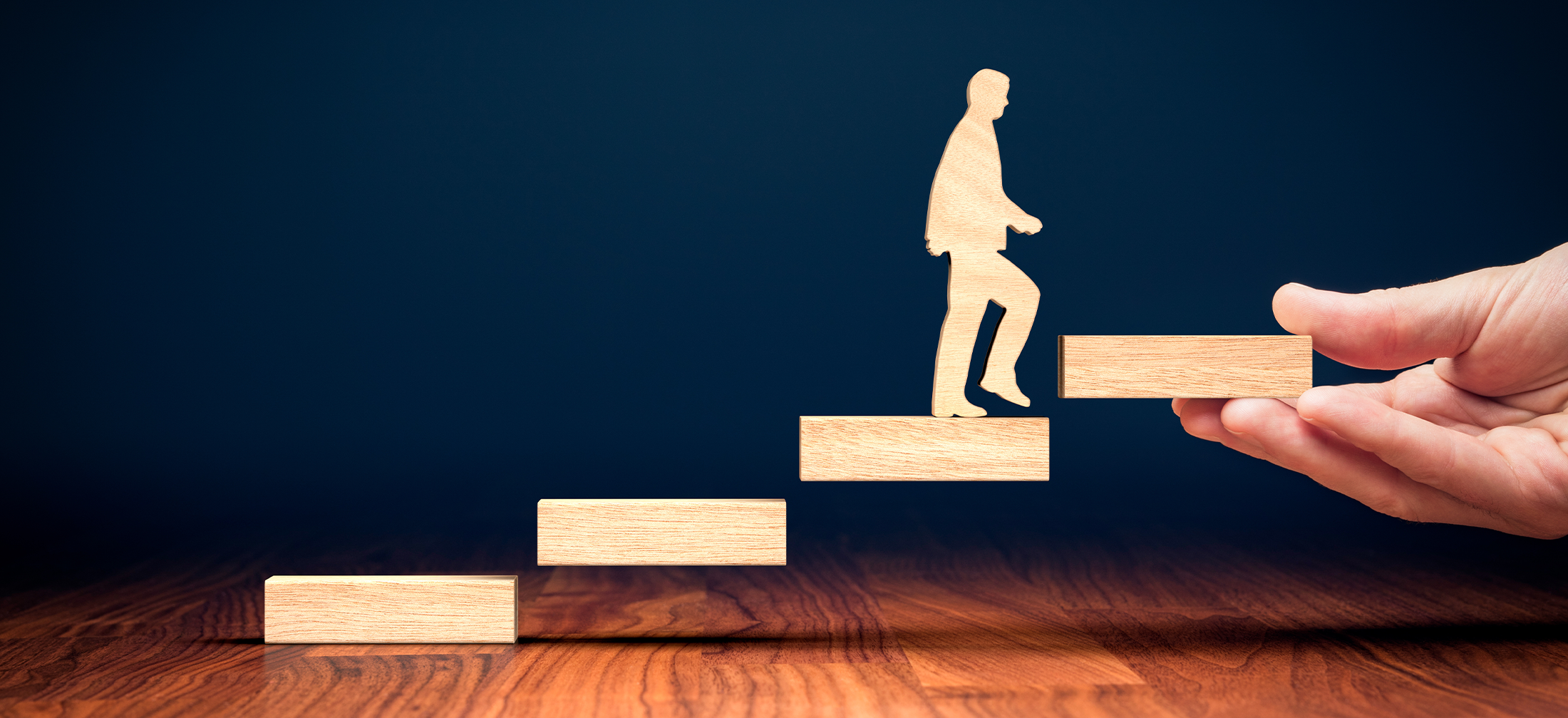
Social-emotional learning (SEL) has received tremendous attention in recent years. It’s also a leading priority among district and school administrators who are planning for their students’ needs following disruptions to students’ lives during the COVID-19 pandemic. In spring 2020, 74% of district and school administrators reported they had implemented social-emotional learning programs. And in fall 2020, 60% of administrators said positive learning environments following the pandemic was another top priority.
SEL curriculums teach skills like emotional regulation, self-control, relationship-building, prosocial behaviors, and cooperative learning competencies. These skills take on new importance as students end another school year after serious upheaval in their learning and personal lives following the arrival of COVID-19 in 2020. Students at all grade levels experienced transitions to virtual learning and fewer social interactions. Some experienced food insecurity and unsafe home environments, and COVID-related deaths of relatives were traumatic for students and adults alike.
Even without an expensive, formal curriculum, teachers everywhere can promote their students’ social-emotional well-being by treating them with dignity as well as promoting, modeling, and praising their prosocial behaviors. Prosocial behaviors are actions that promote harmonious relationships, support positive group climates, and include voluntary (not forced) behaviors that benefit others. These pieces of prosocial behaviors begin to cascade and support the other pieces, as the figure below illustrates. Such behaviors include sharing, cooperating with others, being inclusive of peers who may be excluded, having compassion, apologizing, helping, being polite, and peacemaking.
Definition of Prosocial Behavior
Teachers can easily teach students prosocial behaviors by implementing three strategies:
- Practicing induction (reasoning that is nonpunitive): Teachers use reasoning, explanation, and reminders of expectations in a calm (not harsh) way. Induction helps students internalize self-control, self-regulation, and social values, and it makes them more willing to respond to teachers’ requests. This strategy is based on learnings from parenting research.
- Praising prosocial behaviors: Teachers practice identifying when students exhibit kind, helpful, supportive, and empathetic behaviors and praising them for being so kind. Recognizing students as helpful leads to them internalizing the identity of being a kind person.
- Building positive teacher–student relationships: Students like and respond well to their teachers when the teachers are consistent, sensitive to the students’ needs and interests, responsive to emotions, and able to provide students with choices in their day.
These teacher behaviors offer emotional support to students and build positive classroom climates that boost students’ prosocial behaviors as well as their emotional regulation.
Key Ingredients for Prosocial Skills

To effectively teach social-emotional competencies, adults must learn the skills first. As teachers learn new social-emotional competencies, they experience a shift in student behaviors, specifically by using more effective discipline techniques (induction) that support students’ well-being and shape their self-control. Rather than sending an emotionally distraught or behaviorally difficult student to the principal, a teacher carves out time to provide support, empathy, understanding, and a space to help the student emotionally restabilize. The figure below highlights that each of these teacher behaviors supports the others and leads to both teachers and students internalizing such behaviors in the classroom.

When these supportive responses are consistent, the positive classroom climate becomes the norm, builds trust, and strengthens teacher–student relationships. Once this new pattern of establishing a positive teacher–student relationship occurs, students’ unwanted behaviors decrease, and their social-emotional competencies increase.
Teachers must think of this as the “long game,” as it takes time and consistency with students who might be used to harsh responses and discipline from adults. Once patterns of prosocial behaviors become habit and the established norm, they result in a cascade cycle in which teachers’ and students’ behaviors reinforce one another and create a positive learning environment.
Although long-term behavioral changes take a while, teachers might see some changes more quickly. For example, a middle school science teacher I worked with initially thought she was praising all her students equally for their prosocial behaviors. She did a little self-assessment by making subtle notes to herself about which students she was praising. She then realized that she was praising only the same five students every day while the other students received no praise for their behaviors.
Once she started consciously finding behaviors to praise for all her students, she found it easier and easier to make praising her students equally a daily practice. She was astonished about how quickly her students’ own behaviors changed. Within a month, she noticed not only a decrease in misbehaviors but also increases in students’ prosocial behaviors, their own efforts at praising each other, and their emotional regulation.
When teachers weave prosocial strategies into their normal classroom routines, they model and establish expectations for a positive, functioning, and helpful classroom environment. With any new routine, it takes thought and intentional practice to become proficient.
To help you practice your skills in building students’ prosocial behaviors, we’ve compiled a few easy-to-implement social-emotional learning strategies and developed a scenario exercise you can do as an individual or in a group learning session.





